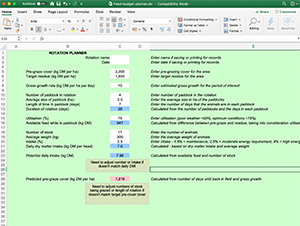Know How / Dairy / Feed and nutrition
Managing feed and nutrition to maximise milk output has become a precise science in dairy herds. We have information on grazing management, developments in grass and maize silage and formulating rations with a balanced protein, energy, mineral and fibre content.

